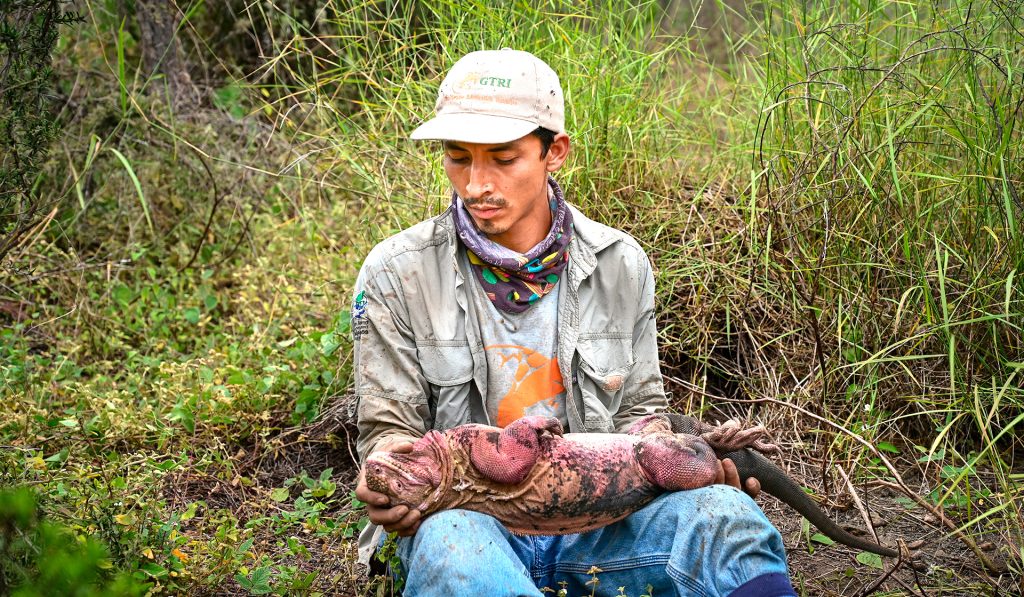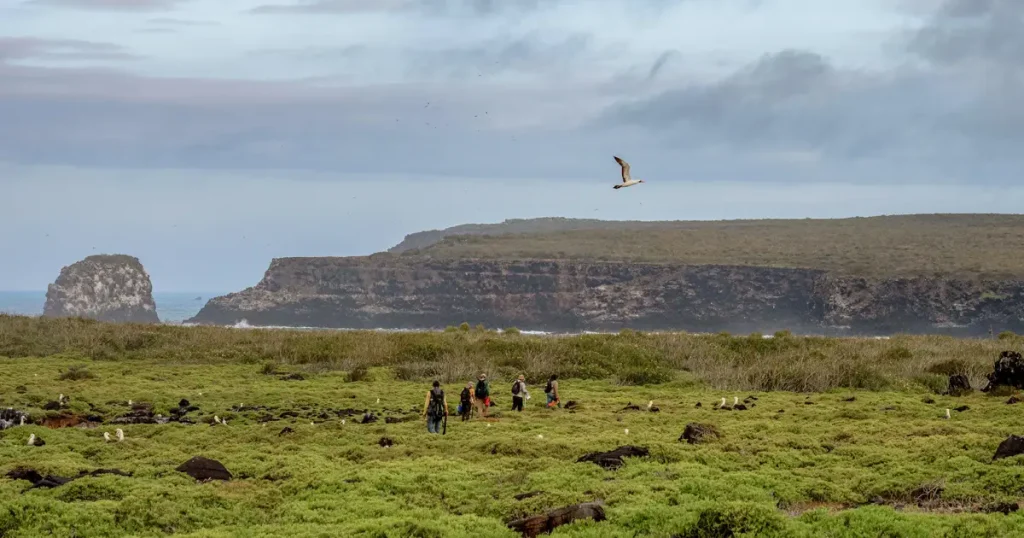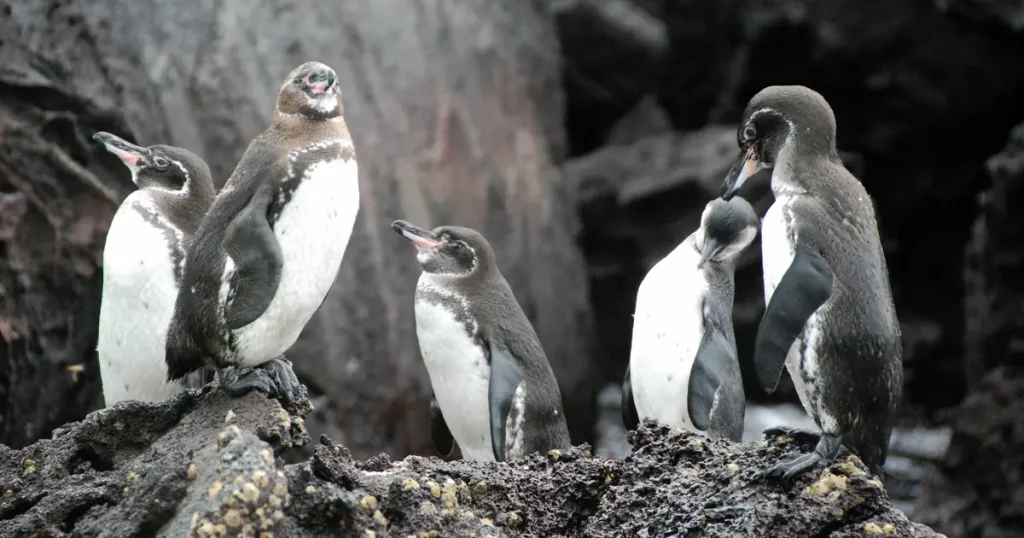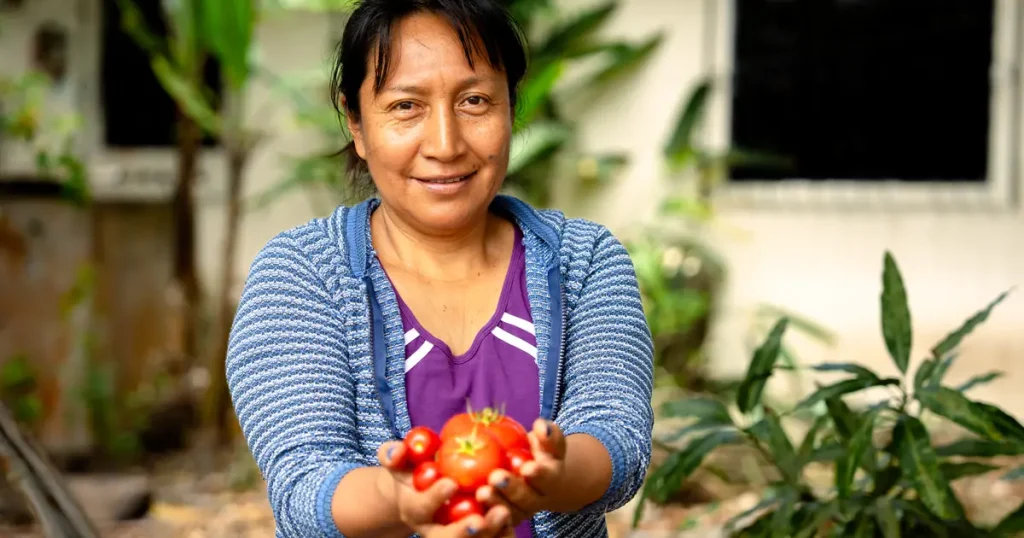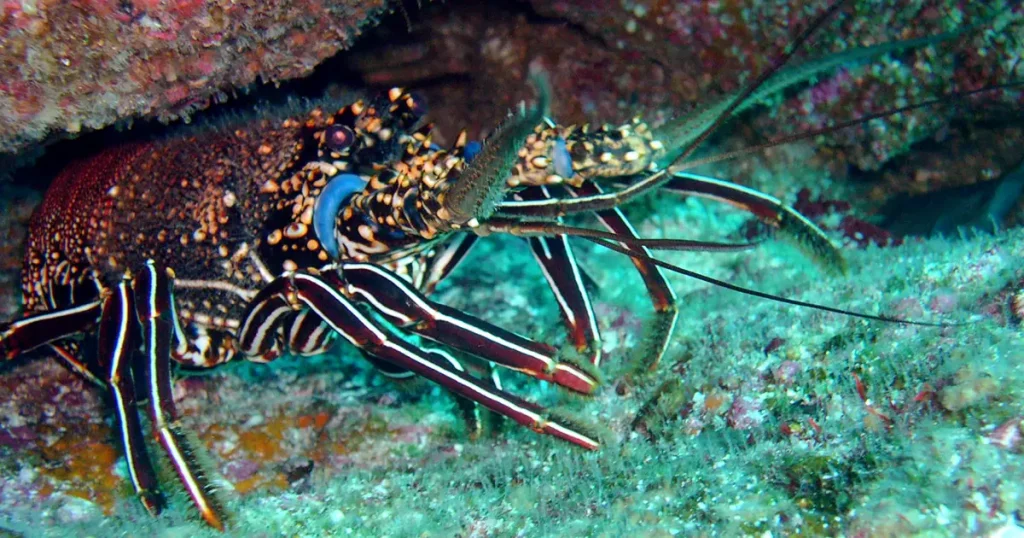Conservation Highlights From Expedition to Wolf Volcano
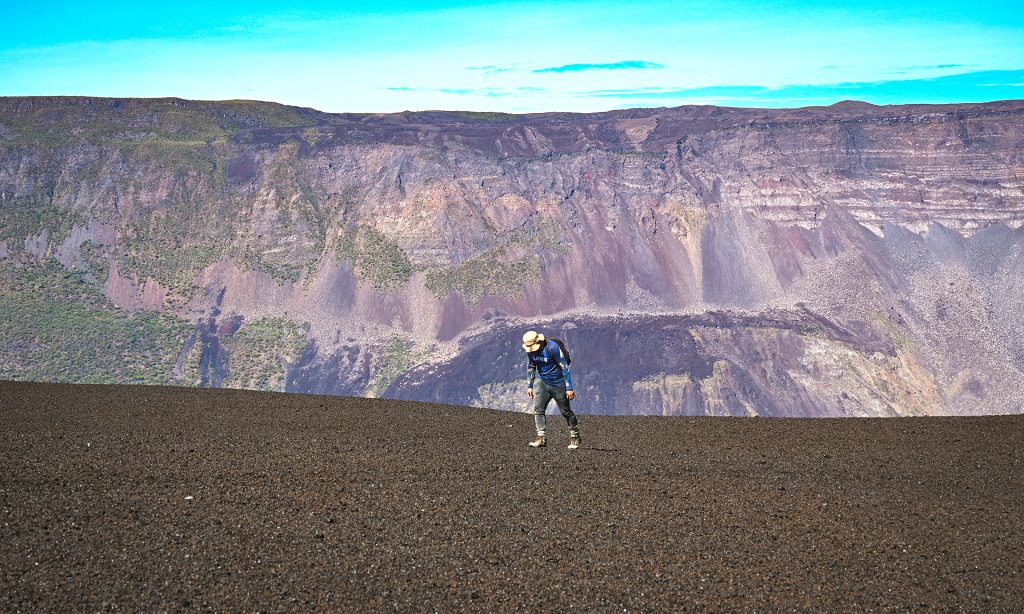
A recent expedition to Isabela Island’s Wolf Volcano, which rises to a height of 1,700 meters above sea level, yielded invaluable insights for the conservation world. Even with the challenges of accessing this remote volcano, a 15-member team consisting of scientists and conservation officers from Galápagos Conservancy and park rangers from the Galápagos National Park Directorate (GNPD) made noteworthy discoveries for the archipelago.
Expedition Challenges and Aims
From September 11 to 21, this team of dedicated conservation champions undertook a challenging journey to Wolf Volcano. They grappled with rocky terrains under intense sun and light drizzle that caused temperature fluctuations throughout their trek. This endeavor is part of the conservation activities undertaken by Galápagos Conservancy and the Galápagos National Park Directorate through the Iniciativa Galápagos program.
The expedition had the following objectives:
- Close observation of pink iguanas and giant tortoises.
- The deployment of advanced technology to enhance ecosystem research.
- The search for tortoises carrying genes from Pinta Island species.
Among other activities, the team prioritized monitoring the elusive and critically endangered pink iguanas. They also expanded the network of camera traps on the volcano. These cameras will play a pivotal role in observing wildlife in their natural habitat. Additionally, the team installed rain gauges to collect precipitation data and gain insights into the volcano’s climatic patterns.
A Notable Discovery at Wolf Volcano
One of the expedition’s highlights was the discovery of a female tortoise bearing similarities to the species from Pinta Island, home of the renowned Lonesome George, the last tortoise of his kind, who passed away in 2012. While tortoises with a high genetic makeup of this species were identified in 2012, subsequent searches did not reveal any more individuals. This finding, although not entirely new, is especially significant given the belief that the genetic lineage of Pinta tortoises was vanishing. The found specimen was fitted with a satellite tracking device, allowing our scientists to monitor its movements and gather crucial information for future conservation efforts.
Dr. Jorge Carrión, our Director of Conservation, underscored the significance of ongoing support for these endeavors: “Conservation is a collective effort. Every discovery, every new piece of information, brings us closer to ensuring a sustainable future for Galápagos. However, we cannot do it alone; it is vital that we all do our part.”
Analysis and Projections Following the Expedition
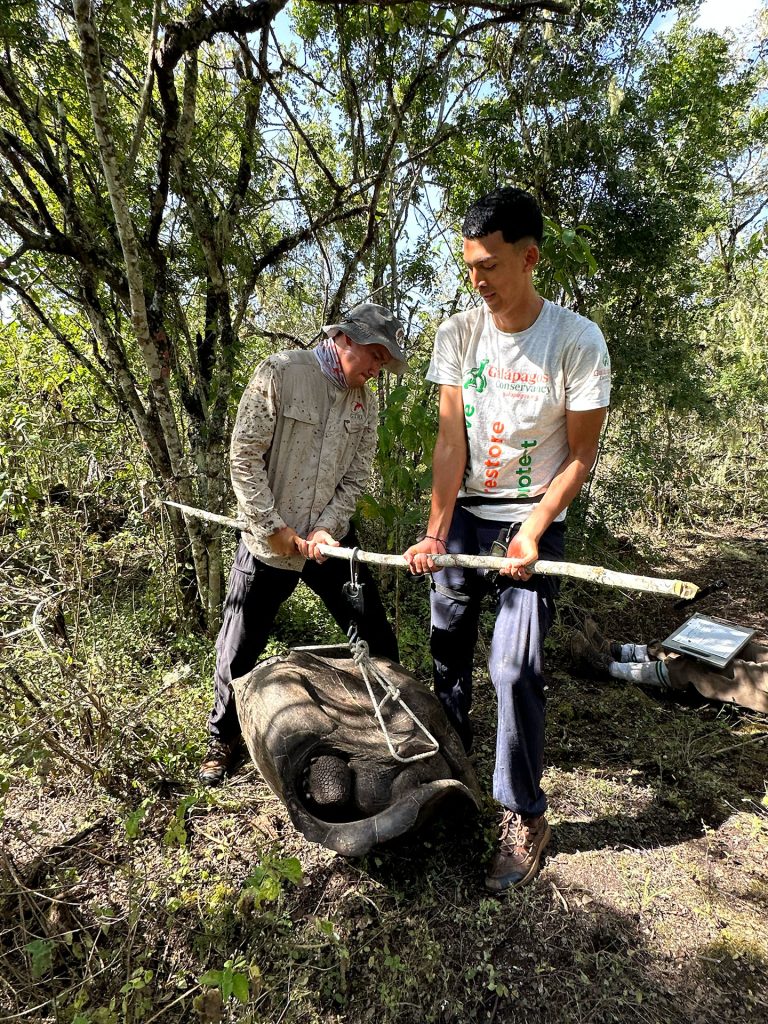
“Many might think that the end of an expedition is the end of our efforts, but in reality, the on-site work is just the beginning. What follows is intense, meticulous analysis and interpretation of the collected data, which can take even longer than the expedition itself,” commented Carrión. This is where science leaps into action to understand and protect our natural heritage.
Currently, scientists and conservation officers from Galápagos Conservancy are deeply engaged in recording and thoroughly analyzing the data collected during the expedition. After completing this detailed study phase, plans are in place to publish the findings. These insights will be crucial in outlining management recommendations and conservation measures to propose to the environmental authority, which will ensure ongoing protection for these species and their habitats in the archipelago.
Why These Expeditions Matter
Expeditions and the subsequent analyses are not merely scientific endeavors; they represent the lifeblood of ongoing efforts to conserve and amplify Galápagos’ unique legacy. This archipelago not only shelters natural wonders that have enthralled scientists and visitors for generations but has also become a global emblem of biodiversity. However, its beauty and uniqueness face constant threats, making every study, discovery, and conservation action a step closer to a protected and sustainable Galápagos.
As Carrión explained, “Every expedition offers us a unique opportunity to better understand the dynamics of these special ecosystems and reaffirm our commitment to their conservation.”
It is paramount that we, as stewards of this planet and its natural treasures, recognize the importance of supporting these efforts. Only then can we ensure that the natural heritage of Galápagos not only endures but thrives, igniting the passion and wonder of countless visitors eager to experience its unmatched beauty.
